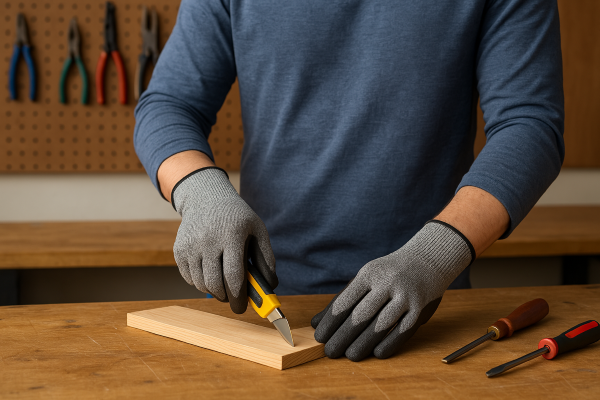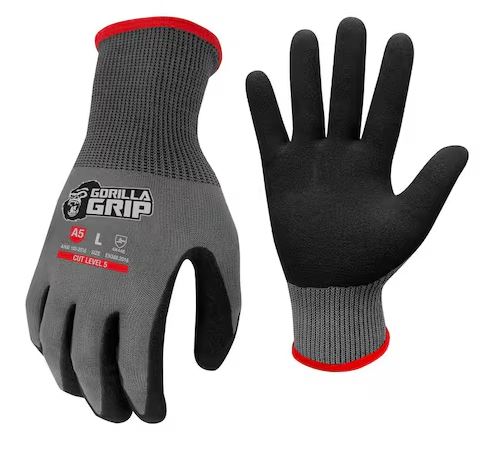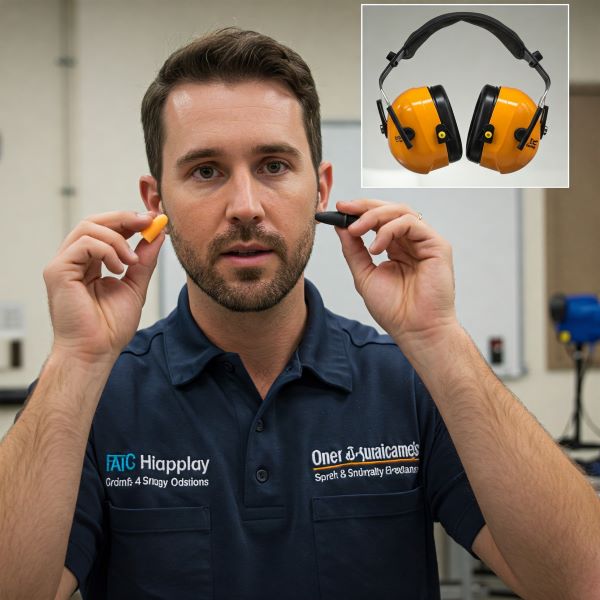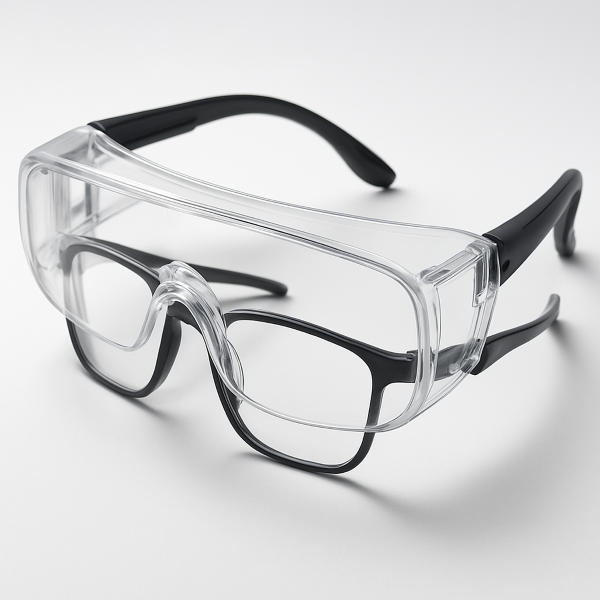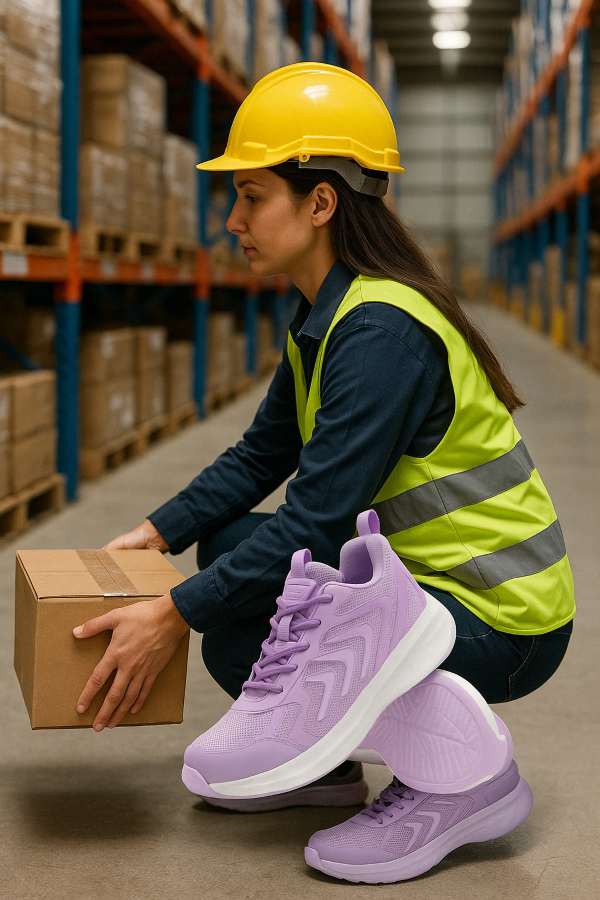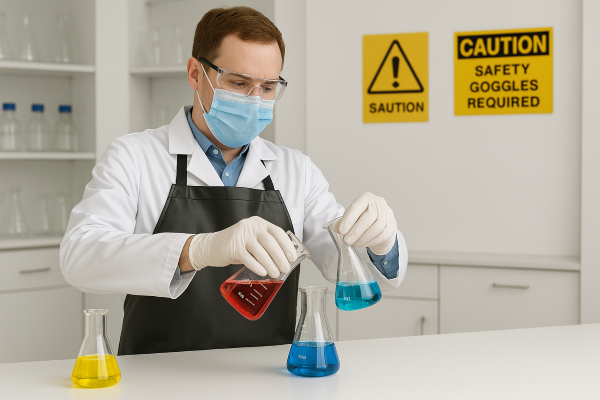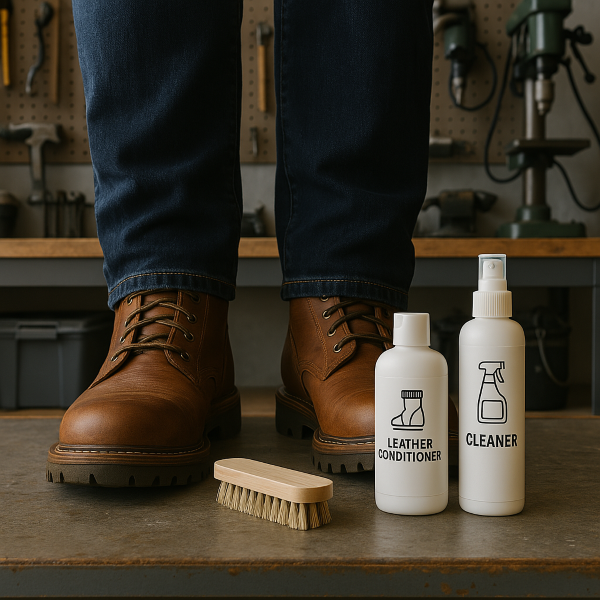The Ultimate Guide to Anti-Cut Gloves
🧤Protection, Types, and the Best Picks for 2025
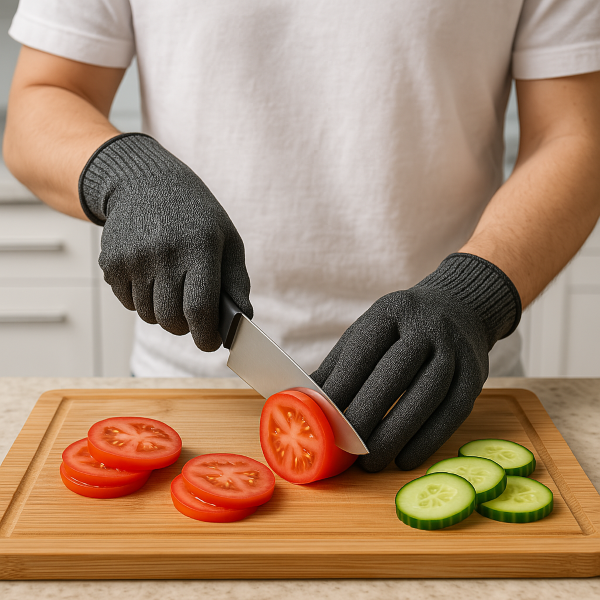
Why Anti-Cut Gloves Are a Must-Have in 2025
Ever nicked your hand while slicing vegetables or felt the sting of a metal edge mid-DIY project? Yeah, we’ve all been there. One second you’re focused on the task, the next—bam, you’re running for a bandage. That’s where anti-cut gloves, also known as cut-resistant gloves, step in like silent heroes.
Whether you’re a kitchen pro, a weekend DIY warrior, or a heavy-duty industrial worker, having the right pair of gloves can mean the difference between a productive day and a trip to urgent care.
👉 In this ultimate guide, we’ll walk you through:
- What anti-cut gloves are and how they work
- The types of materials and protection levels available
- Top-rated gloves for every use case in 2025
- How to choose the right glove for your needs
- And FAQs to clear up any confusion
Let’s get into it—your fingers will thank you.
🛡️ Section 1: What Are Anti-Cut Gloves?
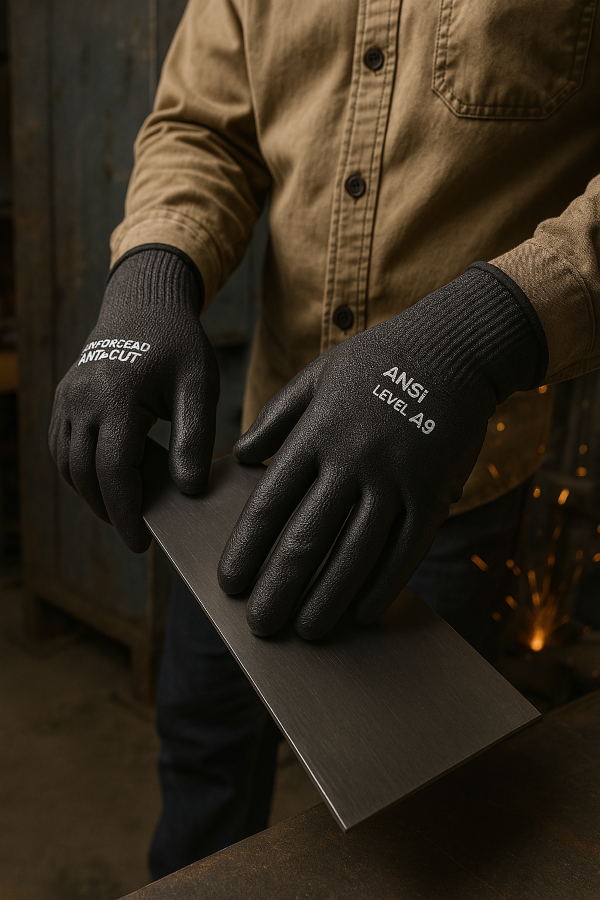
Definition: What Makes a Glove “Cut-Resistant”?
Anti-cut gloves are specialized hand protection gear designed to resist slicing, puncturing, or tearing from sharp tools or objects. They’re essential in environments where blades, glass, or metal pose injury risks.
How Do Anti-Cut Gloves Work?
The secret sauce is in the materials and construction. These gloves are made from high-performance fibers that absorb and distribute the force of a blade or point.
Popular Materials Include:
- Kevlar® – Heat-resistant and tough as nails
- HPPE (High-Performance Polyethylene) – Lightweight and breathable
- Stainless Steel Mesh – The highest level of cut protection
- Fiberglass Blends – Often used with HPPE for extra durability
- Coated Gloves (Nitrile, Latex, Polyurethane) – Enhanced grip and resistance in wet/oily conditions
Safety Standards: ANSI vs. EN 388
| Standard | Scale | Meaning |
|---|---|---|
| ANSI/ISEA 105 | A1 (light) – A9 (extreme) | North American standard |
| EN 388 | A (light) – F (extreme) | European equivalent for cut level |
These ratings help you pick the right glove depending on the job’s hazard level.
🧬 Section 2: How Many Types of Anti-Cut Gloves Are There?
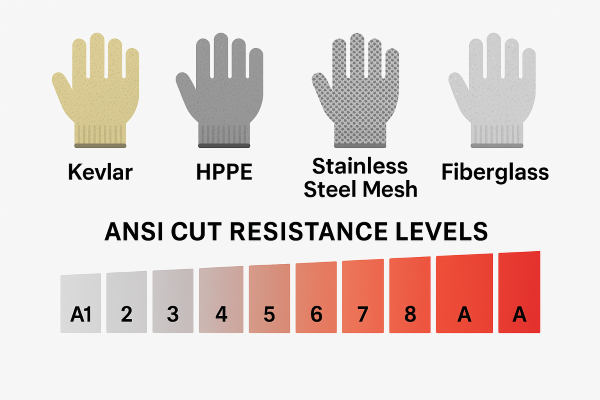
A. By Material
| Material | Key Features | Use Case |
|---|---|---|
| Kevlar | Heat resistant, durable | Welding, mechanical work |
| HPPE | Light, cool, cut-resistant | Kitchen, warehouse |
| Stainless Steel Mesh | Ultimate protection, rigid | Butchering, meatpacking |
| Fiberglass Blends | Great cut and abrasion resistance | Construction |
| Nitrile-Coated | Oil and water resistance, better grip | Automotive, plumbing |
| Polyurethane-Coated | Precision work, lightweight | Electronics, assembly |
B. By Protection Level (ANSI)
| ANSI Level | Protection Level | Typical Use |
|---|---|---|
| A1 – A2 | Low | Light tasks (food prep, light assembly) |
| A3 – A5 | Medium | General maintenance, light machining |
| A6 – A9 | High to Extreme | Glass handling, sheet metal, cut-risk zones |
C. By Purpose
| Application | Recommended Glove Type |
|---|---|
| Kitchen | HPPE-based, food-safe, A3-A5 |
| Industrial | Kevlar or steel mesh, A6-A9 |
| DIY/Home | Lightweight HPPE, flexible A2-A5 |
| Tactical | Kevlar blend with hard knuckle protection |
| Electrical Work | Gloves with arc flash and cut-resistant layers |
💡 Pro Tip: Always consider both cut resistance and task functionality. A glove rated A9 is overkill for slicing tomatoes but essential for cutting sheet metal.
🔥 Section 3: The Best Anti-Cut Gloves for Every Job (2025 Edition)
🥒 For Kitchen Use
| Product | Cut Level | Material | Price Range | Best For |
|---|---|---|---|---|
| NoCry Premium | A5 | HPPE blend | $13 – $15 | Slicing, shucking, prep work |
| Dowellife Level 9 Mesh | A9 | Stainless steel | $20 – $25 | Butchering, heavy cutting |
⚙️ For Industrial Use
| Product | Cut Level | Material | Price Range | Best For |
|---|---|---|---|---|
| Schwer ProGuard PR3326 | A9 | HPPE + Nitrile Coated | $25 – $30 | Sheet metal, machine shops |
| DEX FIT Cru553 | A5 | HPPE + Poly Coated | $10 – $15 | Precision work, mechanics |
🛠️ For DIY & Home Projects
| Product | Cut Level | Material | Price Range | Best For |
|---|---|---|---|---|
| FORTEM 4-Pack | A5 | HPPE | $20 | Gardening, crafting |
| MaxiFlex 34-8743 | A3 | Nylon + Nitrile | $10 – $12 | Light repairs, hobby projects |
🧠 Key Takeaway: Higher protection (A9) = less flexibility. Mid-range (A3–A5) offers better dexterity with decent safety.
🎯 Section 4: How to Choose the Right Pair
Here’s your glove-buying cheat sheet:
✔️ 1. Assess Your Risk Level
- Food prep: Go for A3–A5, food-grade HPPE.
- Metal or glass work: Choose A6–A9 with coating.
- Gardening or home repairs: A2–A5 with flexible materials.
✔️ 2. Pick Your Coating (if any)
| Coating | Best For |
|---|---|
| Nitrile | Oily, wet environments |
| Polyurethane | Precision grip, dry tasks |
| Latex | Better stretch and fit |
✔️ 3. Get the Right Fit
- Snug, but not tight
- Good finger dexterity
- Breathability matters for long wear
✔️ 4. Washability & Durability
Most HPPE and Kevlar gloves are machine washable, while steel mesh gloves may need manual cleaning and drying.
🧠 Frequently Asked Questions (FAQ)
❓ Are anti-cut gloves 100% cut-proof?
Nope. They’re cut-resistant, not cut-proof. With enough force or the wrong tool, even A9 gloves can be penetrated.
❓ Can I use anti-cut gloves for cooking?
Absolutely! Just make sure they are food-grade certified (usually labeled BPA-free, FDA compliant). Brands like NoCry and Dowellife meet these standards.
❓ What’s better—Kevlar or HPPE?
- Kevlar is better for heat and moderate cuts
- HPPE is better for cooler environments and high dexterity tasks
❓ How long do cut-resistant gloves last?
With regular use, most gloves will last 3–6 months, depending on the intensity of use and how well you maintain them.
📊 Comparison Table: Top Anti-Cut Gloves 2025
| Brand | Cut Level | Material | Coating | Price | Best For |
|---|---|---|---|---|---|
| NoCry Premium | A5 | HPPE | None | $13 – $15 | Kitchen slicing |
| Dowellife Mesh | A9 | Stainless Steel | None | $20 – $25 | Butchering/meat cutting |
| Schwer PR3326 | A9 | HPPE + Nitrile | Nitrile | $25 – $30 | Metal & industrial use |
| DEX FIT Cru553 | A5 | HPPE + Polyurethane | Poly | $10 – $15 | Mechanics/precision |
| FORTEM 4-Pack | A5 | HPPE | None | $20 (4-pack) | Gardening, general use |
| MaxiFlex 34-8743 | A3 | Nylon + Nitrile | Nitrile | $10 – $12 | Light-duty DIY |
🏁 Final Thoughts: Protect Your Hands, Upgrade Your Workflow
From dicing onions to welding steel, your hands deserve better than bandaids and regret. Anti-cut gloves are affordable insurance for your fingers—and in 2025, there’s no shortage of great options.
🔪 Want lightweight gloves for veggie slicing? Grab NoCry.
🔧 Working with metal? Schwer’s got your back.
🛠️ Doing a little bit of everything? FORTEM’s 4-pack is the MVP.
🛍️ Ready to Gear Up?
Browse top-rated anti-cut gloves on Amazon, Home Depot, or your favorite local supplier. Your hands will thank you later.
👉 Which gloves are you thinking of trying? Drop your pick in the comments or share your glove-wearing story!

